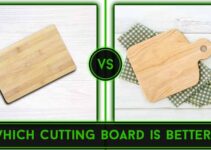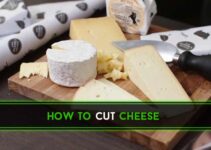Mashed potato is a classic American dish, but few of us prefer to make them. Though seemingly simple, this dish certainly requires much work. Luckily, so many of us turn to ready-made mashed potatoes in the holiday season.
Because to make hand-made mashed potatoes appear to be the kind of effort involved in a chef-inspired gourmet meal, not rustic comfort food. Would it be easier to make mashed potatoes if we skipped the mashing part?
People wonder, therefore, if a potato ricer is better than a food processor. It comes as no surprise as the most heated kitchen debate is food mill vs. potato ricer. It is claimed that potato ricers and food mills each have superiority for different reasons.
You can quickly make mashed potatoes using a potato ricer and puree-cooked vegetables with a food mill. If you're cooking a large number of potatoes and want them uniform, so they cook evenly, potato ricers work well as a potato masher.
However, if you're just cooking one or two, a food mill works best since it takes up less counter space!
Find out more about each in this blog, so you can choose which one is right for you.
How to Choose Between Potato Ricer vs Food Mill?
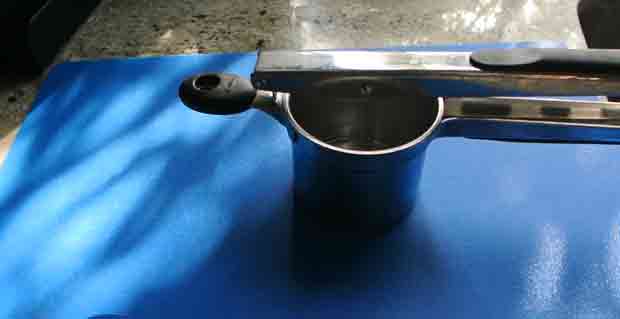
Ricers beat the food mills when it comes to cooking mashed potatoes. Finely meshed, fluffy, and creamy food batter is dispensed from the perforations on the perforated surface.
Food that comes out of food mills is less delicate and smooth than food from the potato ricer.
User-Friendly:
Potato Ricers are entirely safe to use. Once the hopper is attached, you can begin sauteing or pureeing your squashes.
Simple To Clean:
The Ricer's two parts should be disassembled and cleaned. Cleaning them is usually relatively straightforward.
Potato Ricer
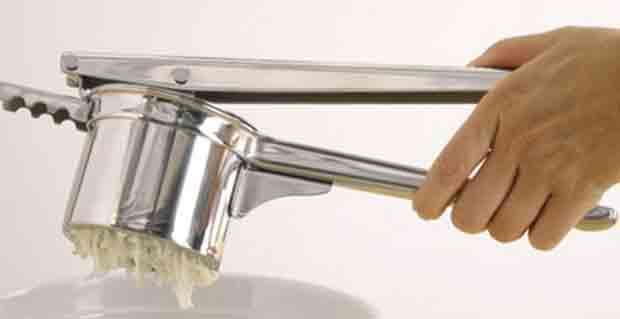
A potato ricer is a cooking utensil that does the job of a food mill but is smaller and more compact. It can be used to create light, fluffy mashed potatoes or to make noodles from the batter.
Construction:
In a lot of ways, a ricer and a garlic press are very similar. A porous hopper is inside where you place your prepared meal after putting the lever down, which squeezes the food out of openings.
Pros:
With a ricer, you can make mashed potatoes into grains, hash browns, and other recipes that call for grated cheese. Trying to prepare hash browns will be a thing of the past - it is easy to clean and does its job well.
In addition, it is an excellent appliance for home cooks without much space in the kitchen but wishing to have all the latest features at their fingertips. Ricers are compact and easy to store.
Cons:
Although ricers can be very handy, they only have one function and are limited to one potato. Therefore, ricers are not the type of tool you want if you need multiple features in one device.
Food Mill
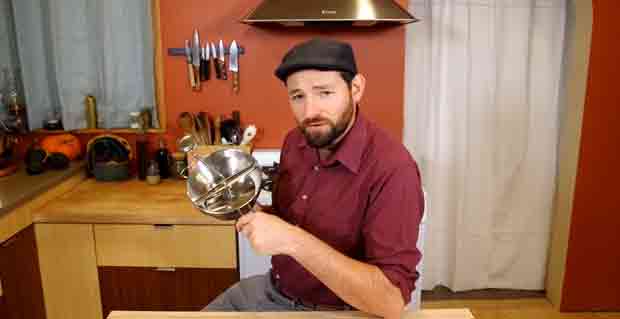
A food mill is a machine that strains and purees food, such as cooked fruits and vegetables. It pulverizes and pushes delicate ingredients in one step.
Construction
Think of a food mill as an old-fashioned coffee grinder. It has two enormous cutters that shred cooked vegetables and squeeze them out of its openings.
The food is forced into a hole using a propeller-like blade, with a handle rotating a disc attached to the hopper.
How Does it Work?
As you turn the crank, the packed unit fills with food. Using blades against the holes in the dish, the food is forced to pass through, resulting in a homogeneous paste. The hole size determines the texture of many models in the disc. Typically, fine, medium, and coarse holes are offered.
Pros:
Smooth potatoes are only the beginning: it removes kernels from produce for jam, membranes from peppers for purees. In addition, you can make homemade tomato ketchup more efficiently through food mills, which separate pulp and kernels when processing the meat into a creamy paste.
You can use a food mill to puree, compote, or make various salsas by discarding skins and seeds from cooked fruits and vegetables. It can also be incredibly fulfilling to hand-crank your food to the texture that you desire. It is a satisfactory food processor.
For whom is it intended?
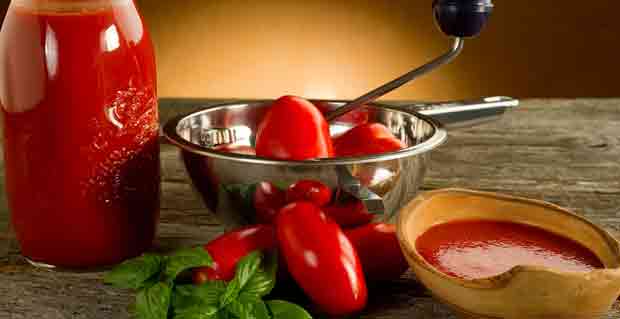
Buying a food mill may benefit two distinct types of cooks: those with everything and need to make gourmet purees and mashes and those switching from a grinder or mixer.
Food mills are not the most practical tool for people who live in modest homes since they are pretty bulky and have much room. In addition, it can be more challenging to clean and is more expensive.
Cons:
They have a few drawbacks, including that they can be bulky and expensive. It does not have a drawer for storing a food mill, as a dainty ricer would. The plates can be a hassle to build, take apart, and wash.
The flavor of creamed potatoes made with a food mill was too smooth. It will produce mash closely resembling a French pomme puree when potatoes are processed in it.
Food mills intended for domestic use are usually fragile and challenging to use.
Conclusion
We hope that this post has helped you to decide between food mill vs potato ricer. But, overall, if you're looking for a more versatile kitchen tool for making mashes, lots of smooth sauces, purees, or baby food, and other kitchen experiments, then the food mill will do the trick.
The more straightforward method may be better for those looking for mashed potatoes, but if you're just looking for one, it's excessive. To ensure savory breakfasts in the future, opt for the Potato Ricer instead. In addition, you may save space during storage by using a potato ricer.

